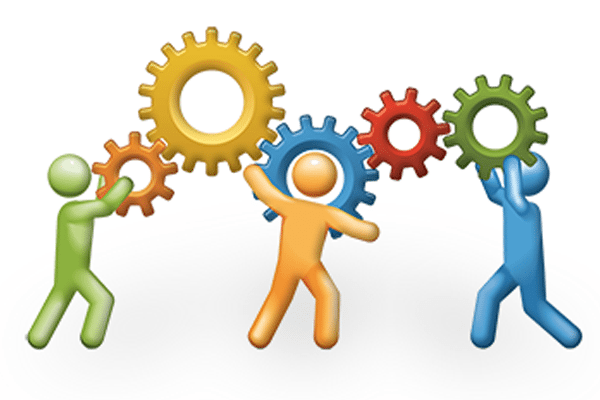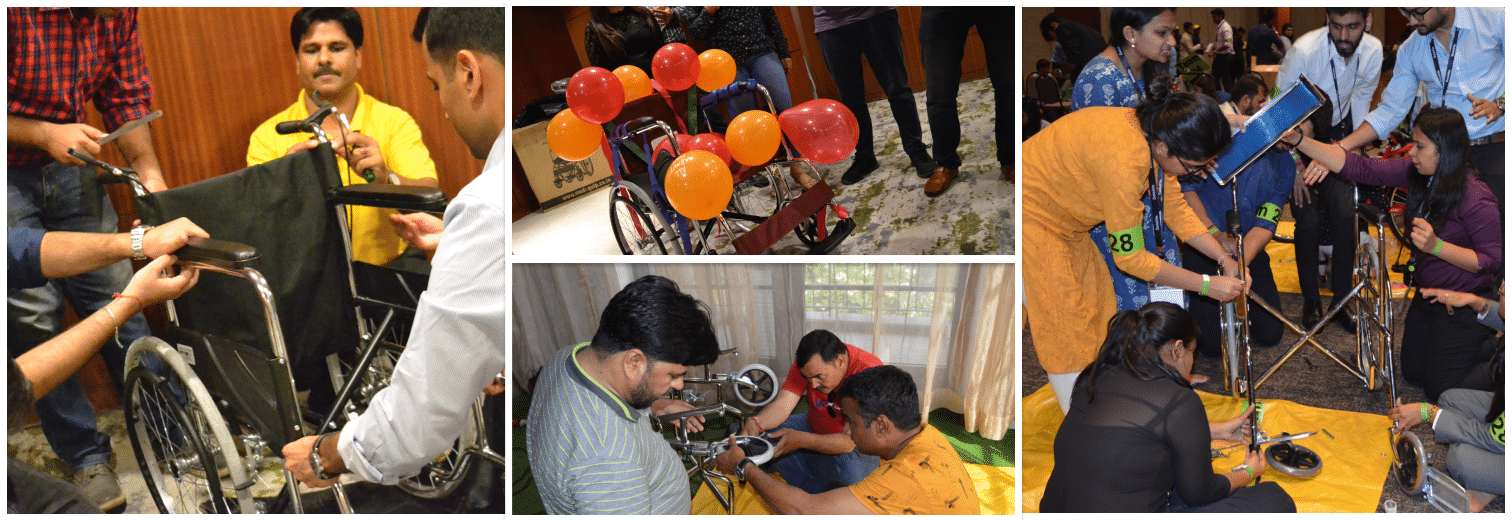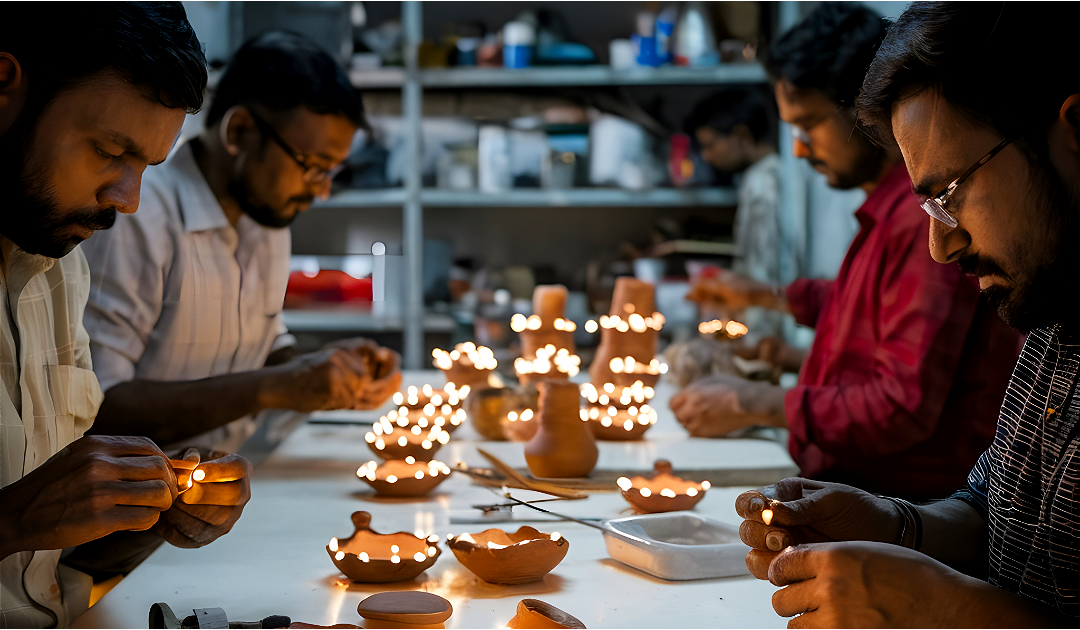Having stars in a team is one thing. Having a star team is another. Over the years, I have come to realize that this simple insight defines the real essence of teamwork. A team is more than just the sum of its parts. It is when the boundaries of individual identities start to blend, when people rally around shared goals and values, and when energy flows in a unified direction. That is when a team truly becomes effective.
But let’s be honest. That kind of synergy is not always easy to achieve. It takes structure, effort, intention, and above all, a culture that fosters collaboration.
Here are five steps that I believe are absolutely essential in building a truly effective team, based on my corporate experiences and learning journeys.
1. Effective Leadership
Table of Contents
Every successful team begins with clear, purpose-driven leadership. In my experience, ambiguity in leadership creates confusion, conflicting agendas, and eventually, disengagement. A leader is not just someone who holds authority. A leader is the anchor, the guide, and the one who ensures that the team stays aligned toward a shared vision.
When strong individuals come together, strong opinions follow. Without clear leadership, teams risk drifting into silos or competing factions. An effective leader listens deeply, makes tough decisions when needed, and builds bridges among differing views. They serve as the cohesive force, bringing diverse strengths together and turning potential conflicts into opportunities for collaboration.
In our work at FocusU, we have often seen how experiential activities such as those offered in our Leadership Development Programs provide leaders with tools to better understand themselves and their teams. Leadership effectiveness, after all, begins with self-awareness.
2. Diversity of Team Members
The strength of a team lies in its diversity. That means choosing individuals who are different from one another rather than assembling a group of like-minded people. Diversity expands the team’s collective intelligence and enhances creativity.
This can take several forms:
a) Personality Differences
Psychometric tools like MBTI, DISC, and Hogan have shown us the value of having different behavioral styles on a team. Some of us are more task-oriented and analytical, others more empathetic and people-focused. Some lead with ideas, others with execution. A truly effective team benefits from this mix.
Imagine a team composed entirely of go-getters. It might sound efficient at first, but without reflectors, harmonizers, and creative thinkers, blind spots can emerge. Balance is critical.
b) Skill Set Differences
The same applies to technical and functional capabilities. An effective project team often includes strategists, executors, communicators, and subject matter experts. Think of it like building a cricket team. You would never field a team of only fast bowlers, no matter how skilled they are individually. You need a balanced squad with batters, wicket-keepers, and all-rounders to win the game.
The secret is to create a team where every member brings a unique edge. The more varied the tools in your toolbox, the better prepared you are for complex problems.
3. Team Chemistry and Synergy
Once you have assembled the right people, the next step is to help them connect. Teams do not become cohesive overnight. They must build trust, psychological safety, and mutual understanding. And this only happens when people start to relate to each other beyond their job descriptions.
Informal conversations, shared experiences, and honest vulnerability lay the foundation for real synergy. One of the most overlooked parts of team development is the need to deliberately invest time in this phase.
Activities that allow people to explore one another’s perspectives, values, and communication styles can accelerate this bonding process. At FocusU, we have seen firsthand how initiatives like the Domino Rally Challenge create a safe, playful space for team members to practice collaboration in a high-energy setting.
Without trust, teams may still function, but they rarely thrive. And without synergy, all the diversity and talent in the world will not yield the kind of performance you need.
4. Playing to Strengths in Roles and Responsibilities
Once the team is formed and the goals are clear, the next step is to define roles based on individual strengths. This is the point where theory meets execution. Every member must have clarity not only about their own role but also about how it contributes to the team’s success.
This is not just about assigning tasks. It is about enabling ownership. When people get to operate in their strength zones, engagement soars. Conversely, placing someone in a role that does not align with their capabilities can lead to frustration or even burnout.
This step requires deliberate planning and feedback. You may need to revisit your initial assumptions after a project begins. Role clarity is not static. It must evolve based on the team’s learning and changing context.
A useful framework here is the classic SWOT: strengths, weaknesses, opportunities, and threats. It can be applied not just to the individual, but to the team as a whole. Identify gaps, acknowledge risks, and consciously design responsibilities to balance the load.
5. Practice and Learning Together
No matter how experienced a team is, collective learning is essential. Teams that train together stay sharp together. Learning can be formal or informal, but it must be consistent and purposeful.
Why is this important? Because, like marriages, teams need time to understand each other. They need to explore how they react to stress, how they resolve conflict, how they make decisions, and how they show up for each other.
Experiential learning formats like simulations or gamified exercises allow teams to practice these skills in a controlled environment. This helps them build muscle memory for real-world challenges.
One of our most popular formats, the Lego Serious Play experience, allows teams to articulate strategy, culture, and values in a fun yet powerful way. When teams learn together, they also begin to speak the same language, build shared references, and develop a rhythm.
Learning is not just about acquiring new knowledge. It is about becoming better, together.
Final Thought: A Shared Desire to Succeed
All the steps above lay the foundation. But what ultimately separates high-performing teams from others is this: a collective hunger to succeed. Teams that truly want to win together, and not just individually, will find ways to overcome obstacles. They will sacrifice personal glory for team impact. They will push each other to grow and support one another through failure.
That spirit cannot be imposed. It has to be nurtured.
Ask yourself: does your team want to succeed together? Do your people celebrate each other’s wins and learn from each other’s mistakes? Do they feel psychologically safe to speak up, challenge ideas, or take creative risks?
Also Read: 5 Ways to Foster Psychological Safety at your Workplace
Closing Note
Building an effective team is not a one-time activity. It is an ongoing, intentional effort. It is about the choices you make when you hire, the clarity you bring when assigning roles, the safety you create through your culture, and the learning you enable with your practices.
More than anything, it is about people. People who are motivated, supported, and empowered to do their best work together.
Because in the end, a team that works together grows together.





